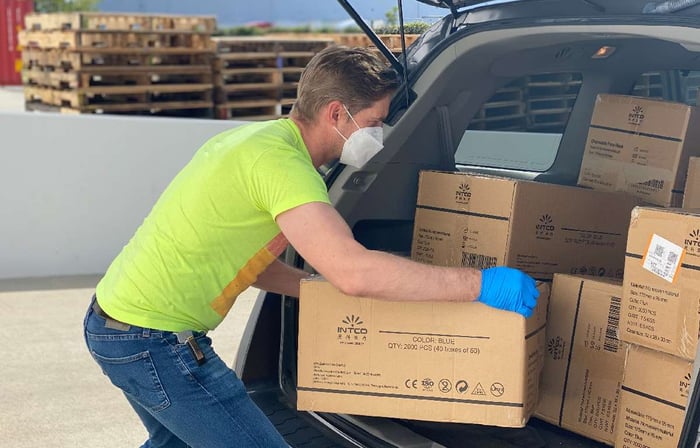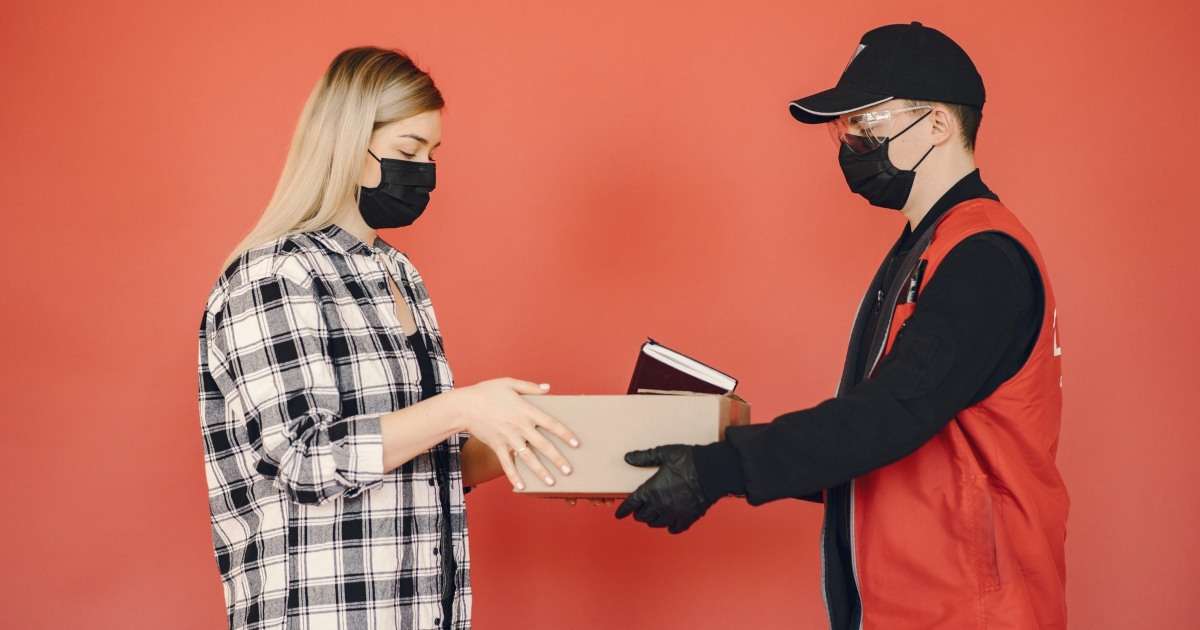The year 2020 was when even the best laid plans were no match for what COVID-19 had in store for everyone. The coronavirus defined everybody's direction, forcing brands to quickly adapt and adjust to rapid changes in consumer behavior.
What does the post-COVID world mean for your business?
Let’s take a closer look at the implications of these changes and strategically plan your eCommerce approach to drive growth in 2021. We’ll cover:
- The COVID-19 Consumer Response
- Entering Our New Post-COVID World
- 3 Ways to Thrive Post-COVID
The COVID-19 Consumer Response
The pandemic’s effects on consumer behavior not only accelerated the adoption of online shopping, but it also shifted trends. As people were forced to stay at home shopping lists changed as did retailer loyalty and shopping frequency.
In the early days of the panic, behavior changes were predictable: cosmetics, grooming products, and pants suffered but frozen foods, antibacterial household cleaning products, adult beverages, and, of course, toilet paper thrived. As the pandemic stretched on, however, the market started to realize they don’t really need to ignore self-care just because they were unable to go to salons and gyms. Sales for haircare products and exercise equipment began to perk up. Peleton, for example, is one company that benefited immensely — as of this writing, their stock has appreciated 6x vs. pre-COVID days.
But COVID isn’t solely to blame for changes — brick and mortar stores were already starting to see a dip in sales brought about by online shopping. Coronavirus has merely sped things up. Experts believe that eCommerce’s market share jumped by about 5 years of normal growth in 2020. Amazon saw a 20% surge in their app downloads, according to Kantar. Walmart reported an impressive 460% growth in their app downloads. Retailers who had already invested in digital engagement were better prepared to tackle these changes.
There was also great news for up-and-coming brands: faced with dramatic changes in their shopping experience, buyers broke their brand loyalty to traditional products and decided to try unfamiliar brands. Some of these shoppers have had their preferences changed forever.
As the eCommerce system was stressed, more and more brands found themselves without products at the major online retailers. Out of stocks, especially on spiking categories, also opened the door for new players to win.
Entering Our New Post-COVID World
As with retailers, brands that had prepared for eCommerce growth were more successful. As Kantar wrote, “If you entered the pandemic from a place of relative strength, you’ll emerge even stronger. If you have inferior expertise and capabilities in eCommerce and omnichannel, it’s really going to hurt as we transition through the recovery phases.”

As the pandemic wanes (hopefully soon), consumer patterns will shift once again. The store will become more important but shoppers who have been spoiled by easy home delivery and curbside pickup will continue to use it. Preparing for post-COVID means understanding that there are now “more ways to eCommerce” than there were in 2019. So where is the US market demand headed? China may have the answer.
First to be affected by the virus, China was also the first to quickly ease into a new normal. As with the rest of the world, they also saw a dip in non-essentials buying during the first months of COVID. Recently, though, there has been an increase in spending for shelter-at-home items, like pet care, fitness, and various types of experiences. Luxury goods, like high-end skin care, apparel, and premium food products have also benefited. In just a few months, we could see the same trends here.
3 Ways to Thrive Post-COVID
We encourage brands preparing for the coming 12 months to consider 3 things: Purpose, ePartnerships, and Pricing:
Purpose
Corporate social responsibility has increasingly influenced consumer behavior over the past few years. As focus shifts away from the challenges of COVID, consumers will re-engage more heavily with sustainability, fair trade, and other trending areas. Consider this as you work through your marketing programs for the rest of the year and beyond.
ePartnerships
Many CPG brands still haven’t built the knowledge and capabilities needed to fully exploit eCommerce growth. They aren’t ready to win without a little help. Moving into 2021, these brands need to find the right partners — here are a few important opportunities to consider:
- Multi-brand partnerships: Look for brands with complementary business opportunities and find ways to create more scale together. This includes opportunities like “solution packs” (your item and their item bundled) but also easier to execute marketing only options. Owned assets like social media following, email lists, and high traffic pages can be shared among partners within your programs.
- Retail partnerships: Retailers will be looking to protect and expand their own market share as shopping goes through yet another revolution. Expect lots of opportunities to participate in new technology trials, digital marketing programs, and much more. Unlike in the past, nearly all of these will be omnichannel.
- Capability partnerships: If you don’t have the right skills in house, now’s the time to accelerate your program with the right external talent. The opportunity cost of missing 2021 growth is likely more expensive than the consulting or agency fees that have scared you off in the past.
Pricing
Although some parts of the economy are already picking up, joblessness continues to be high — about 10 million Americans are unemployed as of this writing. Some parts of the pre-COVID economy, for example business travel, may take months or even years to return to earlier levels. Even with stimulus payments hitting homes, expect downward pressure on pricing for the foreseeable future.

Managing pricing in complex eCommerce marketplaces is already a challenge for many brands. The array of resellers competing for sales on a single SKU can measure in the hundreds in some cases. Reviewing pricing and promotion strategy may have been an annual task pre-COVID for your business but for at least the next 18 months, we’d advise reviewing conditions at least monthly. Pricing automation tools can help to bring responsiveness to brand efforts.
In Summary
- The pandemic accelerated the adoption of online shopping and gains will be sustained post-COVID.
Mobility restrictions and external factors influence buying decisions last year, “forcing” consumers into trying new and unfamiliar brands. Brands should prepare to win back long-term switchers”. - Categories that have been dormant for months should also start picking up in the coming months. Not all of them, though, will bounce back quickly.
- Going into 2021, brands should consider three areas — Purpose, ePartnerships, and Pricing. There’s a new world emerging and each of these areas is more important than before.
If you’d like to discuss implications for your brand or to understand the ways an eCommerce partner can help you grow, we’d love to talk! Schedule a consultation here.






